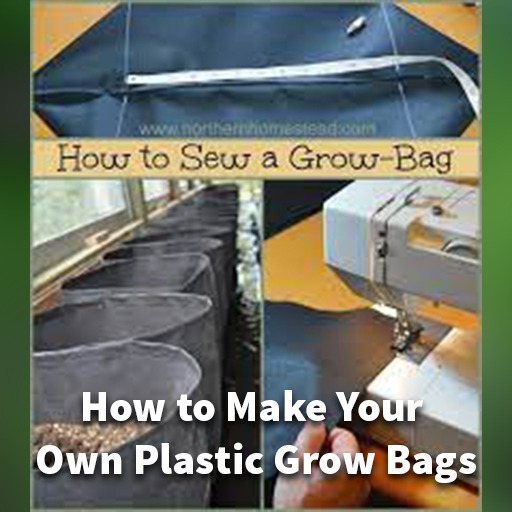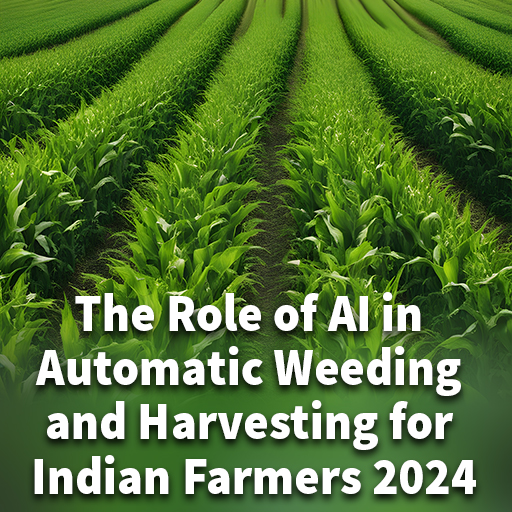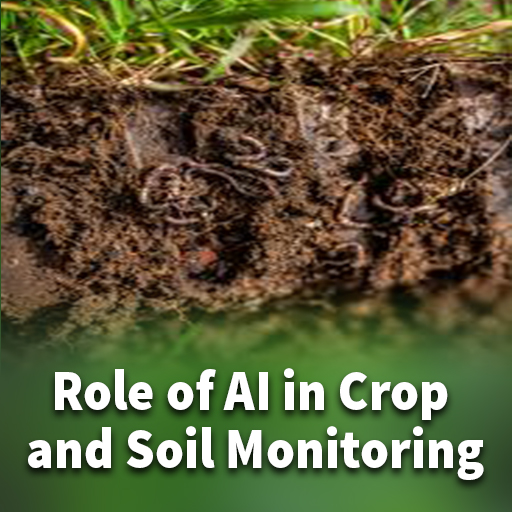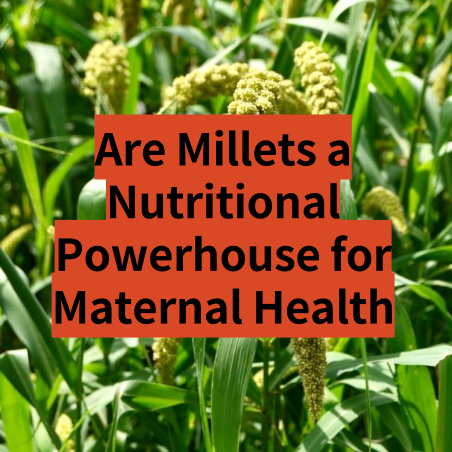How to make your own plastic grow bags. Plants having shallow roots are grown in grow bags, which are made of plastic or fabric. They’re perfect for balconies or small gardens with limited room. Plastic Grow bags are also beneficial because they can be reused and produce little trash. To use a grow bag, prepare the bag for the selected plant, place the plant inside in the correct position ensuring it is straight so you’ll have a healthier plant for the entire season.
Make Plastic Grow Bag
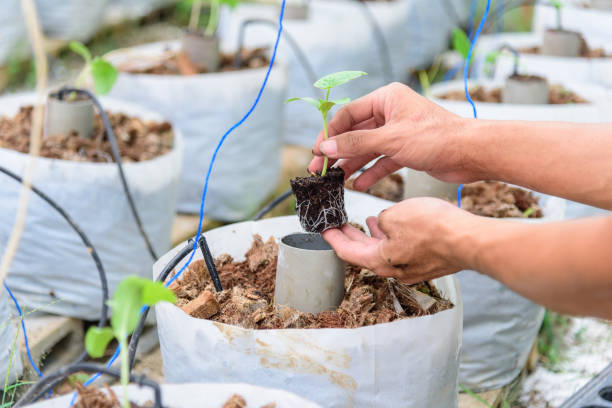
Method 1
We can easily make plastic grow bags at home by using polythene bags and plastic sheets. Firstly, make sure that the polythene bag must be thick. Cut the top of the bag neatly. Then make 4 to 5 holes in the bottom layer of the plastic bag with a sharp object such as a screwdriver. Then staple the base corners of bags. So, the base becomes flat and we can place it anywhere easily. Choose bag sizes according to the plant size and your need.
Method 2
Recycle used canvas tote bag to make a grow bag:
What you will need:
- Sewing needle
- Used canvas tote bag
- Thread for stitching
It’s a good idea to make your DIY grow bag have extra drainage by poking holes in the bottom of it.
Snip off its handles, and you can either leave your bag as is or continue on with adding strength to it by stitching around the edges.
Sew the handle together at this point 3-4 times before reattaching them to the sides of the canvas so that they are easy for carrying around when filled with soil and plants
Add a piece of cardboard for added shape if needed, then fill up about halfway with potting mix and add small amount of manure.
Add Clay Pebbles and sand:
You might have to line the bottom layer of the plastic grow bag if the type of potting medium you are using isn’t prone to drainage. Clay pebbles or sand can be used to line the bag. Place sufficient pebbles in the bottom of the plastic grow bag to thoroughly cover it.
Add Soil:
You could use a potting mix like gardening soils, or pot compost, or mix your mixture. 1/3 moss,1/3 sand, and 1/3 compost mixture are good mix for growth bags. Load the growing bag to almost the top with soil, leaving some inches of space on the upper portion.
Shape the Grow Bag:
To soften the soil in the bag, move it a little and press it as if this is a cushion. This will soften the soil and will guarantee that the soil is distributed equally.
Drainage Holes:
Make drainage holes with a screwdriver or with scissors, make holes in the bottom layer of the grow bag. The holes are about 1/2 inch apart and the same size as the hole cut by the scissor. The holes are simply there to allow excess water to escape.
Add Plants:
Plants with shallow roots work best in the grow bag because they won’t be stunted by the grow bag’s bottom. Growing bags are lightweight and versatile, allowing them to be used in several settings. When deciding where to put your plants, think about how much light and warmth they’ll need. Using your hands or a trowel, remove the soil. Place the root ball in the hole created by scooping out the soil. Then, using part of the soil you scraped out, cover the top of the root ball. When compared to plant pots, Plastic grow bags often demand more water. Regularly, inspect the grow bags. If the soil appears to be drying out, hydrate it.
Benefits of Plastic Grow Bags:
Grow bags are lightweight and we can grow plants easily by using plastic grow bags. Here are some benefits of grow bags:
· Healthier Root System:
When moving plants from plastic pots, you may notice a root system that grows in a circle. The root system neatly follows the edge of the plastic pot. Whenever you grow plants in non-breathing plastic pots, the stems will continue developing when they reach the pot’s side. The stems keep following the edges of the plastic pots because they can’t travel back or through the sides. You’ve probably heard the terms “pot” and “root bound.” Because the plastic pot doesn’t breathe, the soil will remain moist, causing the roots to continue developing in need of hydration and nutrition.
· Lightweight and Versatile:
Plastic Grow bags are incredibly lightweight. This is essential when we need to shield our plants from the elements, such as wind, rail, or even the sunlight, at certain times of the year. Gives the appearance of a raised garden bed by arranging 10 plastic grow bags in 2 rows. It looks amazing and can be moved easily.
Conclusion
When you only have a small amount of area to cultivate vegetables or flowers, a plastic grow bag is a perfect solution. They’re adaptable, simple to clean and keep, and there’s a grow bag in the right size for you. All you should do is make the perfect one and look after it while it is in use or in storage. They’re also less difficult to transfer when you move to the new place. For more details visit us.

